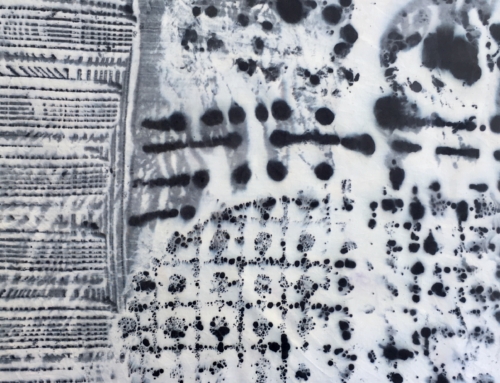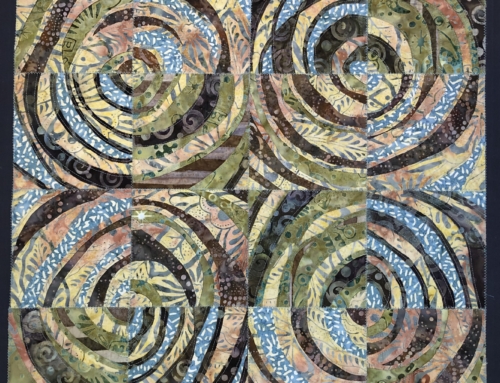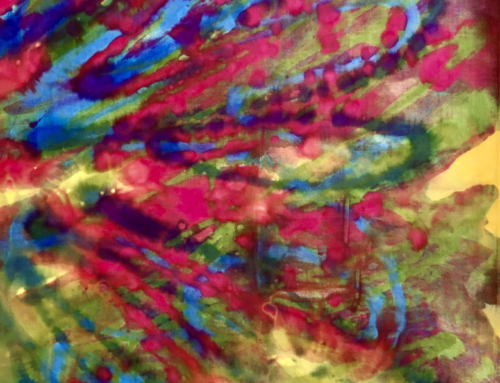Repost in honor of the world’s first “fast” sewing machine introduced 130 years ago. The revolutionary Bernina could sew 100 stitches per minute, an international sensation in the 1800’s.
Here’s a little secret: I like to sew real fast.
First things first…I never considered myself a sewist. As a kid, I didn’t really like to sew, although I was enrolled in summer garment sewing classes at the local Singer store. Making clothes or anything utilitarian was not in my wheelhouse. (I was the kid who much preferred trashing the house with paints and ink.)
Unlike me, my mom and sisters loved to sew, creating garments and home furnishings from fabric scraps and bobbins of thread. Much of sewing back then was out of necessity. We needed curtains, a sofa slipcover, a prom dress. So, we would pull out Mom’s 1958-vintage, die-cast aluminum sewing machine and prepare to drive with the foot pedal to the metal.
I never learned to sew slowly.
Mom gave me her vintage Singer machine when I moved to Seattle in 1982. I treasure it to this day. The machine allowed me to make draperies and table napkins for my first apartment and baby clothes for my daughters. As I explored textiles as an art medium, I needed a new machine that would do more than straight stitch. I was given a new, fancy machine for my 58th birthday, but Mom’s vintage Singer still holds a place of prominence in my sewing room. Like a Guardian Angel, it watches over me as I venture off the traditional path.
Today, I come at sewing from a different perspective than my early days. For me, the machine is a tool much like the chisel to a sculptor or the woodworker’s plane. It is less a vehicle for making useful things than for executing a vision.
Sewing is actually the final step in my art-making process. I spend considerably more time designing the surface of the fabric and manipulating cloth on the design wall. The “stitching-fabric-together” part is the end game. When the needle hits the fabric, the thinking is over and I engage muscle-memory with stitch speed in overdrive. The hope, of course, is to create beautifully-stitched artwork as envisioned. Occasionally, I arrive almost effortlessly at the destination; other times the piece crashes along the way. (It’s all about the journey…blah, blah, blah…) Regardless, it’s just a lot more fun to sew at full throttle.
For more than you (or I) ever wanted to know about sewing machines, I recommend an archived 1860 NY Times article, “The Story of the Sewing Machine: Social, Industrial and Commercial Improvement.” Interestingly but not surprising, the sewing machine was invented exclusively for women, the gender responsible for “needle-work.” With a narrow focus on the utilitarian, there is no mention of the artistic potential of the tool (because, it likely did not occur to anyone at the time.)
Buckle-up: the sentiments and language in the 1860 article are loaded with gendered stereotypes that can be difficult to read. Letting go of 21st century biases, however, I appreciate the article for documenting the historic significance of the humble sewing machine.
Perhaps the greatest social contribution of the machine was income potential, particularly for women, resulting in economic independence and self-sufficiency. On reflection, I see striking parallels between women from 150 years ago and me: the powerful drive for self-determination and an insatiable desire to sew real fast.





